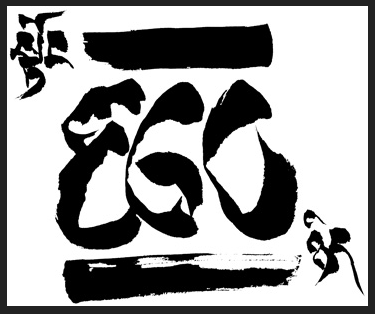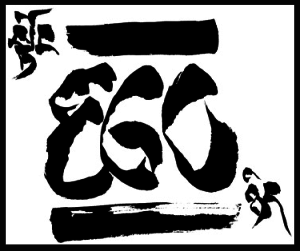The concept of EGO, if properly articulated, provides a very good platform to understand our identity and how we interact with the world.
What is the Ego?
James Harvey Stout explain 11 key components to explain EGO in a friendly way. We should always keep in mind that concepts are rarely absolute categories, and at the most they can be used as tools to make sense of our inner world.
1) Identity. – The ego is our identity. It is who we believe ourselves to be. It is our reference point, and our “home” in the world.
2) Individuality. – The ego is individuality. As our identity, it sets us apart from our people’s identities. To provide our sense of being separate from other people and from the world in general, the ego creates “ego boundaries”; in that separateness, our ego distinguishes itself as being unique.
3) Consciousness. – The ego is a center of consciousness. It is an “eye” from which we look at the world.
4) Decision Maker. – The ego is an executive. It makes decisions. It implements our will.
5) Organizer. – The ego is an organizer. It makes a distinction between the inner world and the outer world, and it notes our perceptions from both. Then, by conceptualizing, labeling, and organizing those perceptions, it tries to make sense of them, and it files them in various contexts, where we can make considerations regarding their “value,” potential threat or benefit, etc.
6) Interface. – The ego is an interface. Just as our physical body is an interface with the physical world, the ego is an interface primarily with the human world of society and individuals. The interface has both an inflow and an outflow:
a) Outflow. The ego is a transformer and interpreter, transmitting ideas from soul into the world of people, in a form which is understandable and appropriate to those people.
b) Inflow. The ego translates incoming information from the human world such that our daily experiences are comprehensible and meaningful and educational to the Self or soul.
7) Mediator. – The ego is a mediator. It mediates in our inner world. It strives to resolve conflicts among the other parts of the psyche, including the unconscious mind, sub personalities, and so on. (In Freudian psychology, it is the arbitrator between the id and the superego.) It mediates between this inner world and the outer world of people and circumstances.
8) Symbol. – The ego is a symbol. It is a collection of images and thoughts and conceptual models that represents us to ourselves. As a symbol, the ego associates itself with other symbols, such as those of prestige, success, power, and pride; for example, if we value prosperity, we might acquire an expensive car not because we need it but because it represents prosperity. The ego seeks fulfillment in the symbolic goods that it acquires, and it seeks immortality through the symbolic goods that it produces. The ego does not experience anything directly; it is in a sterile world of concepts and symbols, and it can only interpret the experiences and input from such sources as the body, the senses, the feelings, the Self or soul, and so on.
9) Pattern. – The ego is a pattern. It is our continuity; the ego says, “I am this type of person.” This continuity gives the ego a sense of security and stability, but it is an ungrounded sense, because there is actually constant change. The continuity is sustained through various means:
a) Our memories, which are somewhat constant, because they refer to events which are frozen in history, and because we are unconsciously selective in remembering occurrences which support our concepts about ourselves. However, “reality” actually exists in the constantly changing world of present events.
b) Our self-image, which is relatively stable, because it is based on static ideas rather than on our ever-changing feelings and thoughts. However, “reality” actually exists in our constantly changing world of thoughts and feelings and other personal events.
c) Our habits, which suggest, through their repetitiveness, that we are indeed a particular kind of person. However, “reality” actually exists in our constantly changing world of our current actions.
10) Sentry. – The ego is a sentry. It analyzes situations as threatening or beneficial, largely on the basis of the possible impact to its images of us, but also to the resources which allow it to operate in the human world. Thus it reacts to insults, damage to its symbols, and challenges to its circumstances and habits (physical or mental). Contrarily, threats to the body are managed largely by instinct, such as the fight-or-flight impulse; for example, if we are being mugged by an armed robber who wants our money, the ego needs to be monitored because its archetypal field might contain elements which would cause us to be less concerned with the body’s well-being than with the indignity which is being inflicted, and thus those elements could lead us to lash out with words or actions which would antagonize the robber and cause him or her to hurt us instead of simply taking our money.
11) Archetypal constellation. – The ego is an archetypal constellation. I don’t believe that it is an archetype; instead, I believe that it is a constellation which is composed of particular elements from within every archetype. For example, we might identify ourselves as a husband and a computer programmer; thus, the ego includes elements from what we might call our Spouse archetype and our Servant (i.e., employee) archetype.



